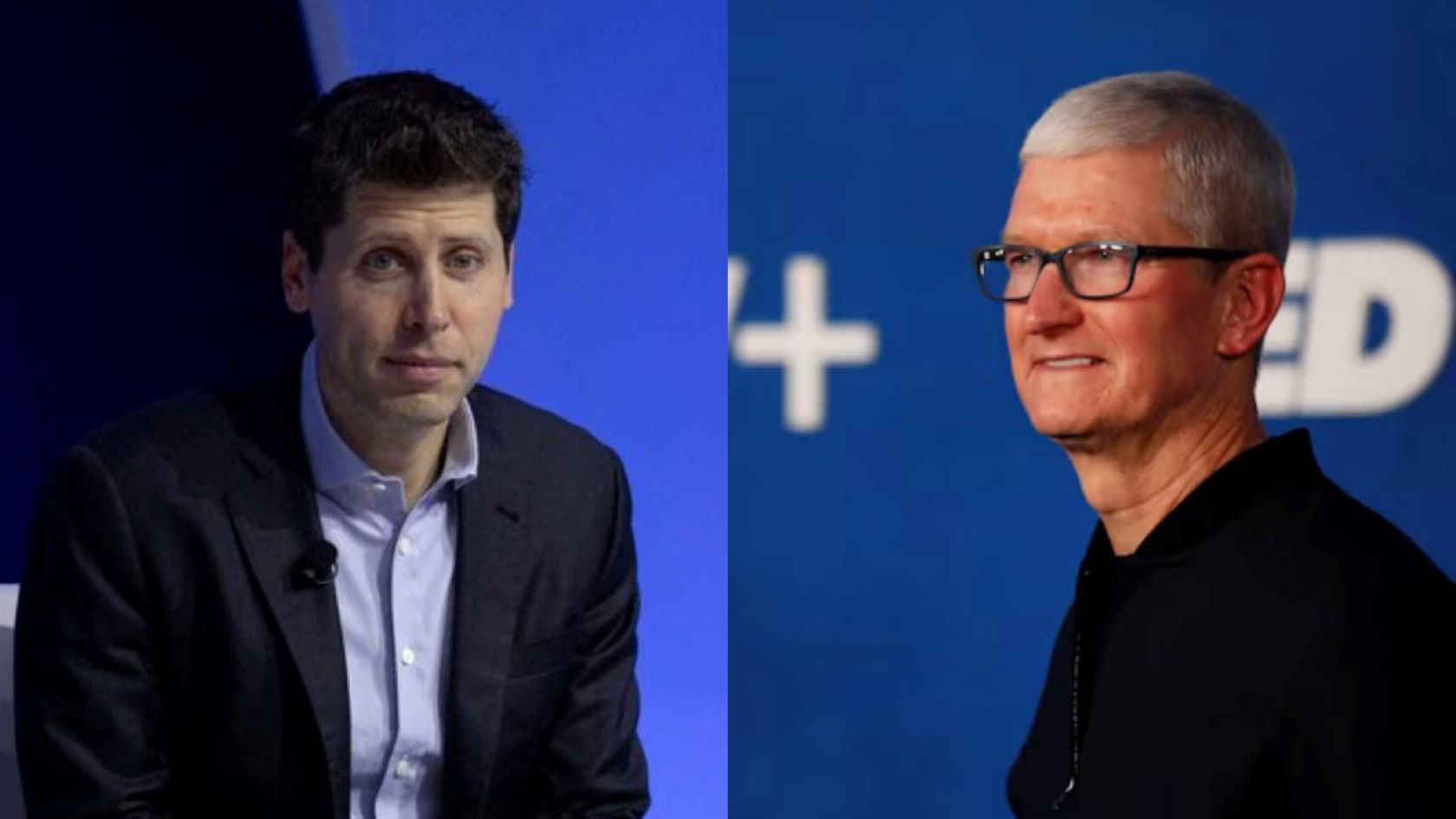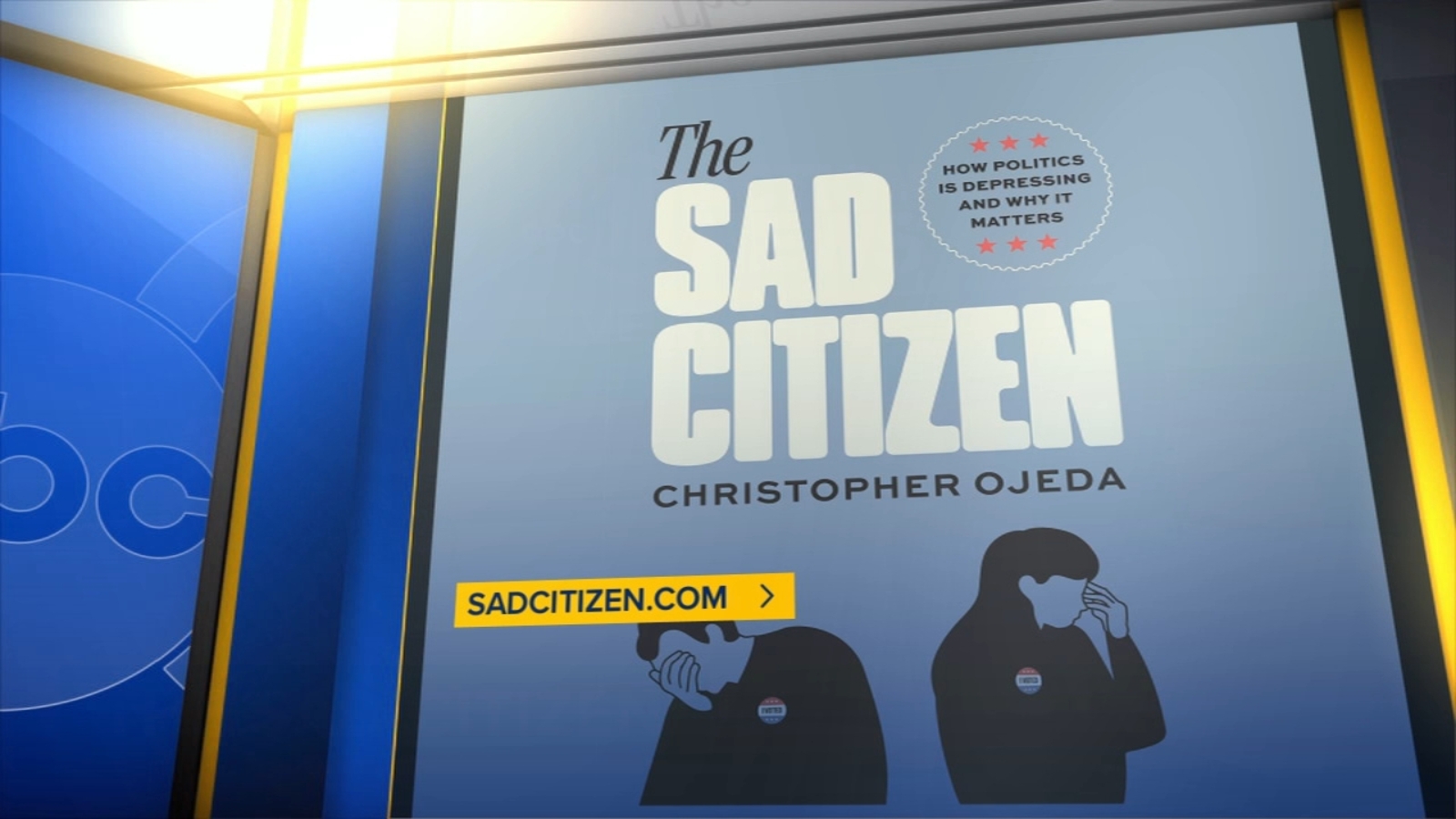OpenAI Launches Free ChatGPT for Teachers, Transforming U.S. Education

OpenAI has introduced a groundbreaking initiative aimed at transforming America’s K-12 education landscape with the launch of ChatGPT for Teachers on November 19, 2025. This secure, customized workspace will provide verified U.S. educators with unlimited access to advanced AI tools at no cost until June 2027. With this move, OpenAI seeks to penetrate the substantial $800 billion U.S. education sector, where many school districts are struggling with budget constraints and the slow adoption of artificial intelligence.
The platform is designed for collaboration among teachers and administrators, featuring integration with Microsoft 365 and Google Drive. This allows educators to work securely on lesson plans and student materials while benefitting from enhanced privacy and security measures. In its announcement on X, OpenAI emphasized the platform’s compliance with school data policies, indicating a commitment to protecting sensitive information.
Features and Accessibility of ChatGPT for Teachers
The launch of ChatGPT for Teachers comes at a time of increasing demand for AI solutions in education. According to a report by CNBC, the platform provides teachers with access to the advanced GPT-5.1 model, free from the usage caps that affect consumer versions. Educators can utilize the tool to create quizzes, summarize texts, and develop curricula, while district administrators can manage user permissions and monitor usage effectively.
To gain access, educators simply need to register using their school email and provide proof of employment, which allows instant access to the platform. OpenAI’s blog post outlines various onboarding supports, including tailored prompts for common teaching tasks, such as differentiating lessons for diverse learning needs. This streamlined onboarding process is particularly beneficial for underfunded districts, where the cost of premium AI subscriptions can be a significant burden.
Early feedback from educators has highlighted significant changes in classroom workflows. TechRadar noted that the collaborative features offered by ChatGPT for Teachers are poised to revolutionize the way teachers work together, enabling seamless imports of lesson files and fostering innovative AI-driven experimentation.
Competitive Landscape and Strategic Considerations
OpenAI’s timing for this launch aligns with a highly competitive landscape dominated by tech giants like Google and Microsoft, both of which already have established footholds in school technology with their own AI offerings. By providing GPT-5.1 for free, OpenAI aims to disrupt the market and capture the attention of the approximately 3.7 million K-12 teachers in the United States. The excitement among educators on social media reflects this potential, with one viral thread describing the initiative as “a game-changer for rural schools.”
Financially, the estimated subsidy, which could cost OpenAI tens of millions of dollars through 2027, serves as a loss leader for research and development. The data collected from millions of teacher interactions will also enhance OpenAI’s educational models, building on previous initiatives like the study mode in ChatGPT.
While many educators welcome the initiative, some critics have raised concerns about the risks of overreliance on AI in grading and instruction. OpenAI has addressed these concerns with built-in safeguards, including citation tools and measures to mitigate bias, which have been refined based on earlier teacher guides.
Technical Features and Security Measures
ChatGPT for Teachers utilizes the multimodal capabilities of GPT-5.1, allowing it to process not only text but also images of student work and handwriting. The platform includes admin dashboards that offer detailed controls such as usage quotas per teacher, content filtering, and audit logs to ensure compliance with regulations like FERPA and COPPA. OpenAI’s emphasis on secure handling of classroom materials and student information highlights its commitment to privacy and security.
For district IT teams, single sign-on (SSO) integration simplifies the deployment process. An analysis from the EdTech Innovation Hub noted the platform’s scalability, mentioning pilot programs with major districts like Los Angeles Unified. This enterprise-grade setup distinguishes ChatGPT for Teachers from consumer versions, appealing to Chief Information Officers who are cautious about unauthorized technology use in schools.
As for performance, OpenAI has reported that GPT-5.1 shows a 40% increase in accuracy on mathematical reasoning tasks, a critical feature for STEM curricula. Early tests during the beta phase indicated significant time savings, with one teacher noting that lesson planning was reduced from hours to just minutes.
The rollout of ChatGPT for Teachers may face challenges, particularly regarding federal policies. The U.S. Department of Education’s 2023 AI framework advocates for “human oversight,” a principle that OpenAI has integrated into its platform with teacher-led prompts. However, state-level restrictions, such as those in Florida, may limit its broader implementation.
Equity concerns are also present, as urban districts with established technological infrastructure are likely to benefit more from this initiative, potentially widening the gap for rural schools that lack adequate broadband access. Although OpenAI’s free offering alleviates some financial burdens, it does not address connectivity issues.
Looking ahead, OpenAI has indicated plans for international expansions post-2027, targeting markets in Europe that comply with GDPR regulations.
Implications for the EdTech Ecosystem
The introduction of ChatGPT for Teachers is likely to create ripple effects throughout the EdTech landscape. Established companies like Duolingo and Khan Academy, which have previously embraced AI, may need to reassess their offerings in light of OpenAI’s free initiative. This could lead to new partnerships, such as integrating ChatGPT into personalized tutoring platforms.
The venture capital community is also taking notice, with funding for AI-driven education technology increasing by 25% year-over-year, as reported by PitchBook. Teacher unions have expressed cautious optimism, with the American Federation of Teachers welcoming the added safeguards but calling for mandatory training for educators.
OpenAI’s resource page has been updated to include modules on ethical AI use, reflecting the organization’s commitment to responsible technology deployment in classrooms.
As OpenAI moves forward, success metrics will hinge on whether districts will continue to invest in the platform after the free access period ends in 2027. With 50 million weekly ChatGPT users already engaging with the technology, the education sector could significantly expand this user base.
In the long-term, OpenAI is exploring multimodal expansions, such as voice interactions for younger learners and augmented reality integrations for science simulations. The concurrent release of OpenAI’s science acceleration paper suggests that research-grade tools may eventually be incorporated into educational curricula.
As the company prepares for the next iteration, GPT-6, teachers may find themselves in the role of beta testers, contributing to a cycle of data-driven improvement. The overall sentiment on X has been positive, with OpenAI’s announcement attracting 500,000 views, as educators share innovative prompts for classroom engagement.
While some express concerns about potential job displacement, studies like Stanford University’s SCALE Initiative, conducted in collaboration with OpenAI, indicate that AI is more likely to augment rather than replace teaching roles. This teacher-centric approach solidifies OpenAI’s foothold in the education sector, merging altruism with ambition in the rapidly evolving landscape of educational technology.






